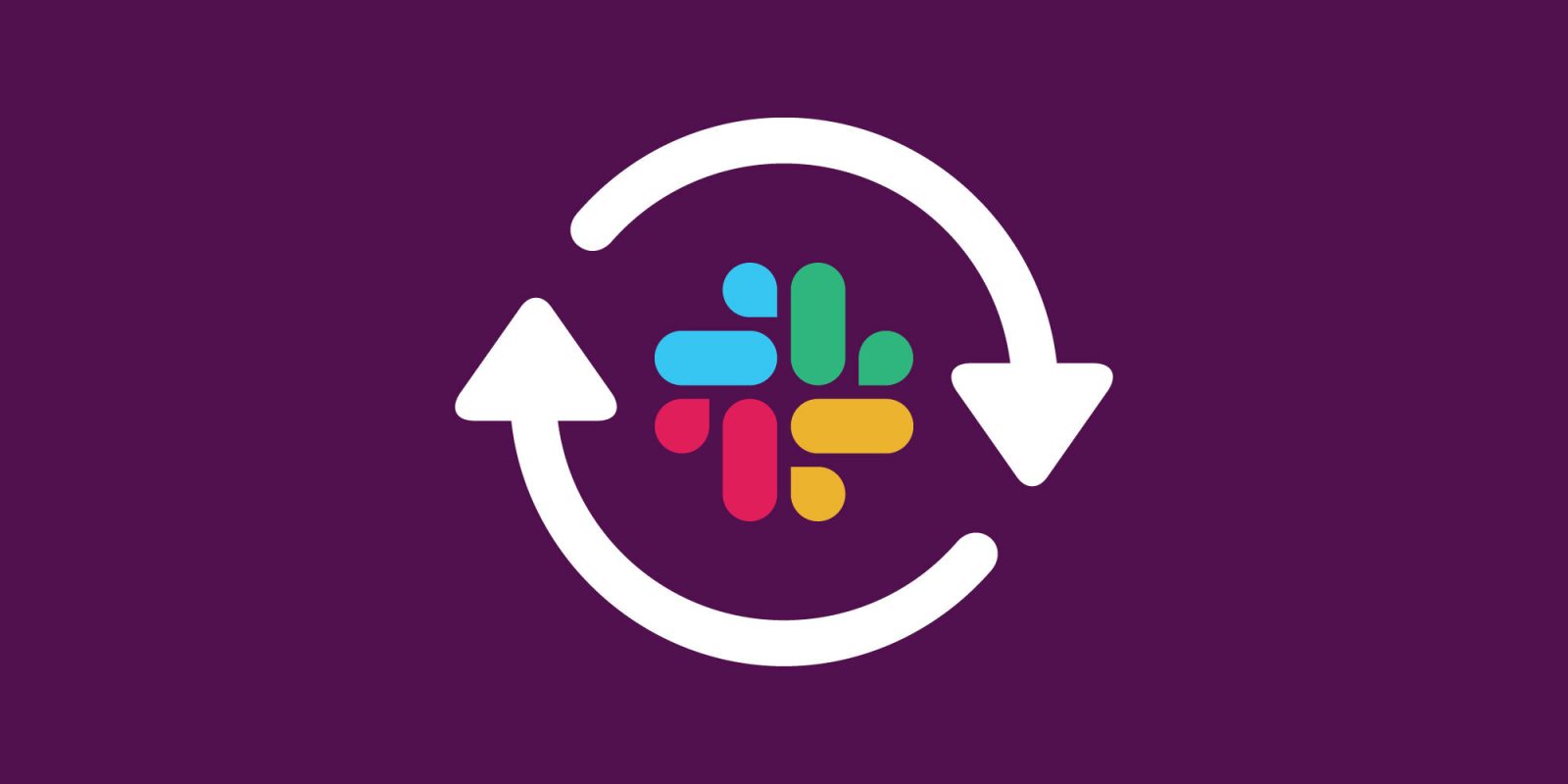
After nearly three years of work and wrapping up a beta, Slack has announced that its all-new platform for developers is now officially available. The “next-generation” API experience with a modular architecture means it’s easier than ever to create Slack integrations and automations to make the software more powerful and useful.
Slack shared all the details this morning in a press release:
Listening to developers, builders, admins and users is critical to building, maintaining and evolving a platform like ours. We know building custom integrations, ensuring that they’re enterprise-ready from day one, and keeping them fresh whenever new Slack features are released was too darn difficult, regardless of experience level or interest. After witnessing our customers’ enormous success in automating work with Workflow Builder, we knew we had to bring that automation power to everyone. Your input reverberated in every carefully considered decision we made and brought us to where we are today!
Slack says that after almost “three years of experimentation, development and testing with the community, we’re ready for you to show your teams (and us!) what’s possible” with four key aspects defining the next-generation API:
- A new modular architecture grounded in building blocks like functions, triggers and workflows. They’re remixable, reusable, and hook into everything flowing in and out of Slack.
- A faster, more intuitive developer experience, including new tools like the Slack CLI and TypeScript SDK that simplify and clarify the most tedious parts of building on top of Slack.
- Secure deployment, data storage and authentication powered by Slack-managed serverless infrastructure and a fast, Deno-based TypeScript runtime keeps you focused on your code and your users.
- A flexible user experience that makes it easy to share what you built anywhere in Slack. Add a link trigger and your workflow becomes portable—you can share it in a message, add it to your bookmarks, put it in a canvas and more.
Also, an updated Workflow Builder is going to “soon be a supercharged no-code tool that puts the power of automating Slack and integrating everyday tools directly into the hands of users.” And for the coming months, Slack says “we’re focused on the distribution model for functions.”
Pricing and a 6-month free trial
The next-gen API will be paid for what Slack calls “Premium workflows” with “Standard workflows” remaining free.
But to give everyone plenty of time to test out Premium workflows, Slack is giving free access to the next-gen platform from today, April 24 until October 31.
- Not all workflows are the same: Only those built with certain advanced functionality will be subject to additional costs:
- Standard workflows: Workflows using only built-in Slack functions will be free.
- Premium workflows: Running workflows with custom-coded functions will be chargeable once you exceed a generous usage threshold.
- Pay for what you use: Pricing is based on the number of times someone in your workspace “runs” a premium workflow. Every organization is different, so we want to ensure that you’re in control and have the flexibility to scale up or down usage as your needs evolve.
- Plenty of runs to get started: Every paid Slack plan includes an allotment of premium workflow runs. This allows you to use premium workflows for free, so you don’t incur any costs until you’ve had the chance to see the value first.
Get started with the new Slack API
- Head over to Slack’s landing page to get started with the next-gen API
- You can find sample ideas here
- Slack also highlights its Community forums as a helpful resource
FTC: We use income earning auto affiliate links. More.




Comments